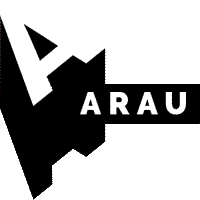





Sentiers, galeries, passerelles, passages entre immeubles, tunnels, rues sans circulation, chemin vicinal, allées dans les cités-jardins. Omniprésentes, les voies lentes rassemblent plus de 800 km de voies libres de la circulation motorisée et sont primordiales pour les piéton·nes et la marche en général.
Ces lieux de passages journaliers discrets passent souvent inaperçus mais jouent un rôle crucial dans nos habitudes de déplacement et dans notre qualité de vie. Elles apportent de l'oxygène, garantissent des déplacements durables et proposent des connexions et itinéraires entre les bâtiments et immeubles.
Partez à la découverte des voies lentes le weekend du 19 et 20 octobre.





